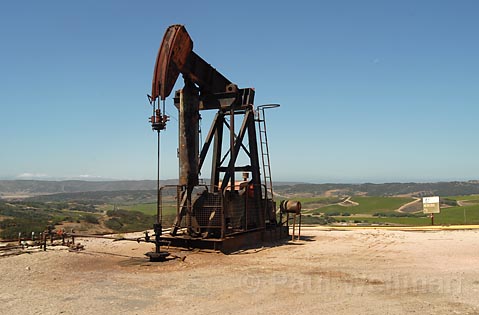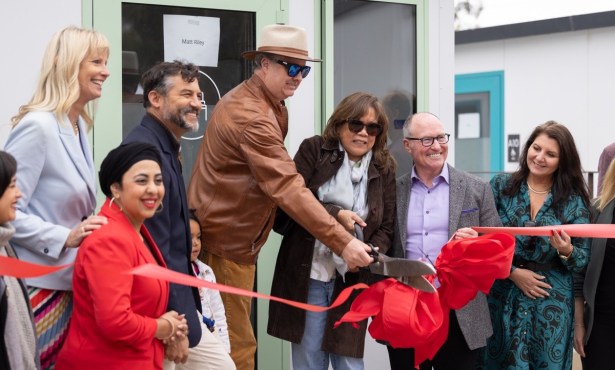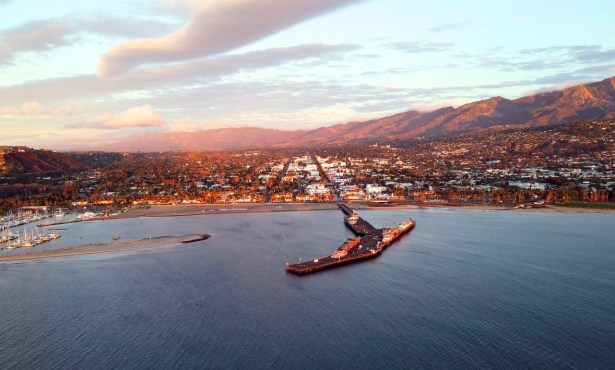The Oil Industry’s Unfinished Business
State Department of Conservation Fills Wells at Capitan Oil Field

A campaign that’s lasted almost nine years came to an end this month, as the Department of Conservation’s Division of Oil, Gas, and Geothermal Resources (DOGGR) has completed filling and sealing abandoned oil wells in the Capitan oil field. Begun in 2000, the task involved safely dealing with 80 wells long since abandoned in the field that stretches from Santa Barbara to Gaviota. According to a press release, the site had its peak oil production in 1943, and had been abandoned or “orphaned” since 1989.
“Ninety-nine percent of the time,” explained state Oil and Gas Supervisor Hal Bopp, “oil companies properly plug up their unused wells.” Even though the state had to take the lead in this project, Bopp does not blame the modern oil industry for the orphaned wells; in fact, the industry actually funds the DOGGR campaign. “Our money comes from industry,” said Bopp, “and industry has been very cooperative in funding this program.”
California’s oil industry is required to pay into the fund so these leftover eyesores can be properly handled. DOGGR is in charge of hiring contractors to fill the wells while supervising the operation with a mind for public safety. Many states have similar programs with similar success, but California’s work looks to be close to an end. For more than 30 years, the Department of Conservation in California has been hard at work, plugging almost 1,150 orphan wells. Even still, another 300-plus wells still need to be dealt with. Though that number seems high, DOGGR is on track, and the next four years are considered to be the project’s final stage.
Many of the orphaned wells were begun prior to any federal or state restrictions on drilling, as well as any state regulations on proper abandonment procedures for orphaned drill sites. Some of the wells being discovered by DOGGR, which began its filling program in 1977, predate the turn of the 20th century.
If not properly sealed-which involves filling the deep wells with a combination of cement and drilling mud mixed to the ideal weight and viscosity-there could be leaking hazards from the wells. The Capitan oil field was a priority not only because of how easily seen the ugly and abandoned facility was, but because of how particularly dangerous improperly sealed oil wells can be in a high-fire-risk area.
The DOGGR’s Well Abatement program is allotted $2 million each year for the next four years to finish the well filling statewide. After that, Bopp said they will reach a plateau, which is the best case scenario. “There will always be wells that will be added to the inventory,” explained Bopp, “but in the next eight years, we really will have reached somewhat of a finish point. The Capitan wells are a good example of what we’re doing. Wells that have constituted a public nuisance for years are really taken care of.”


